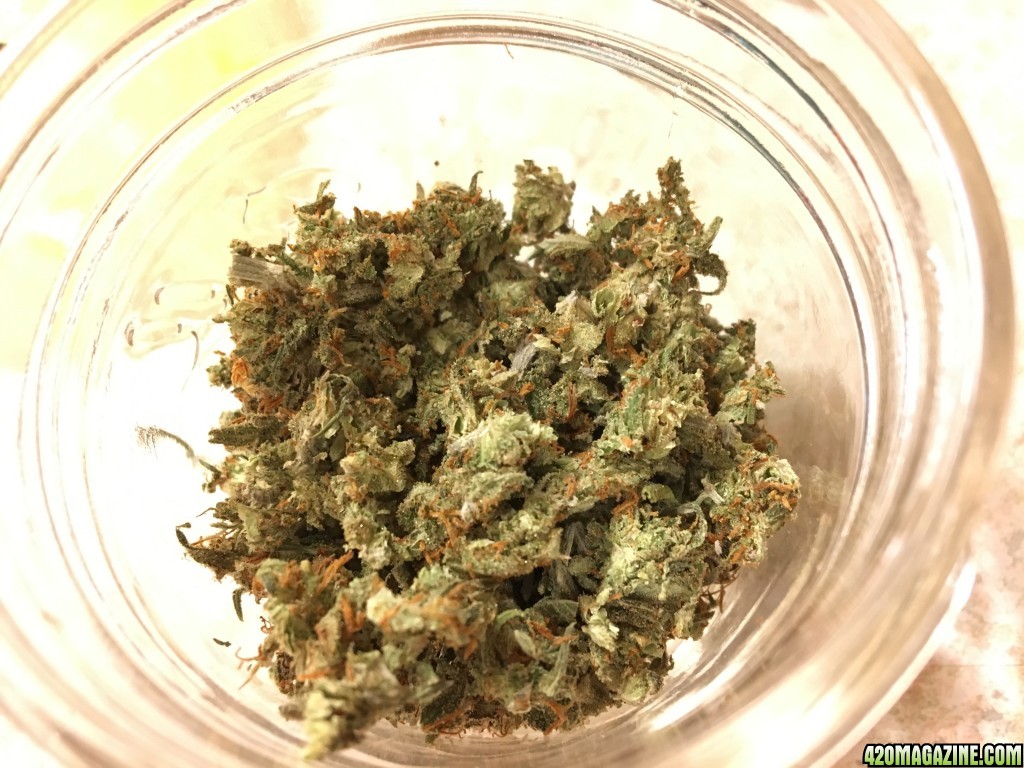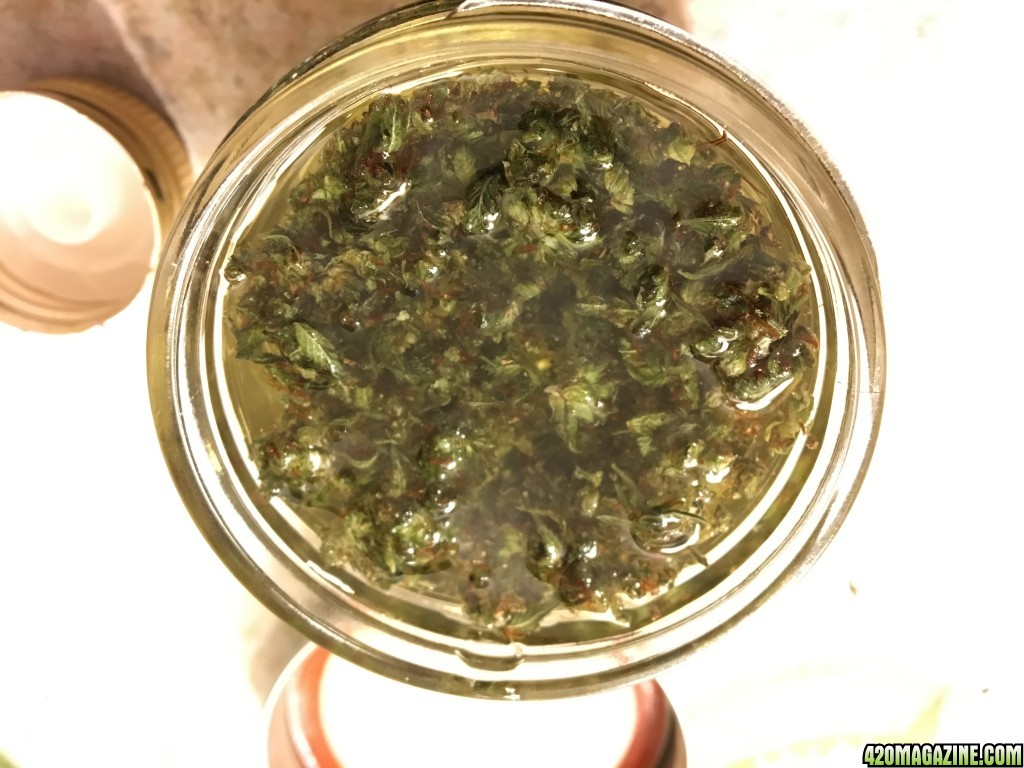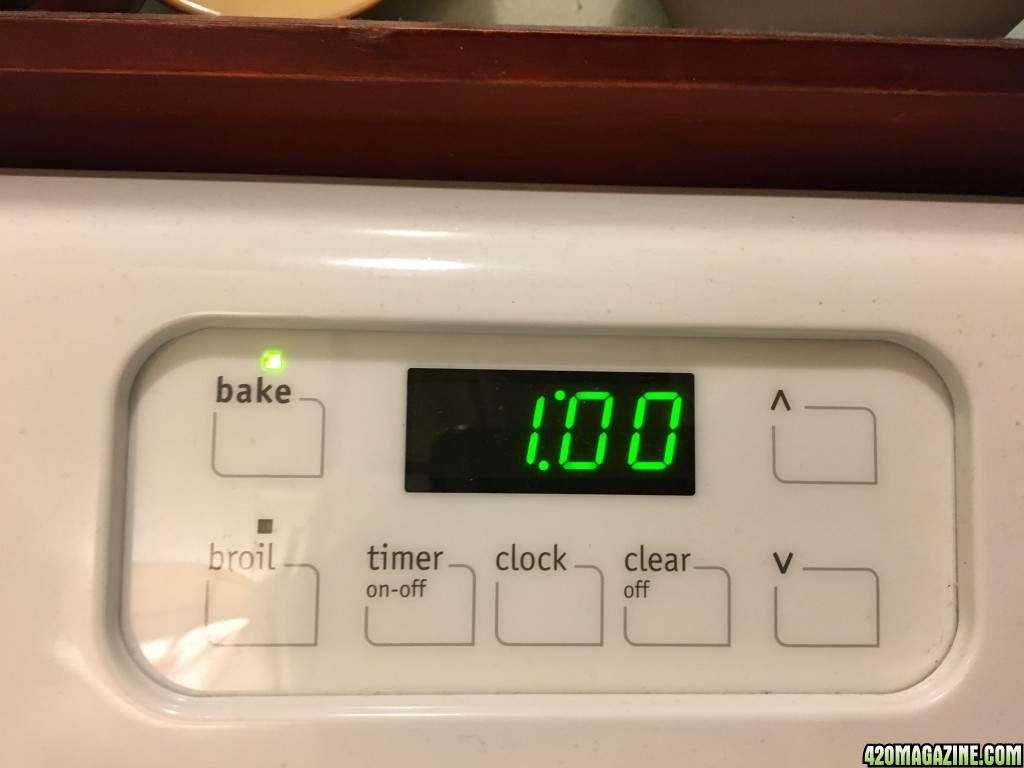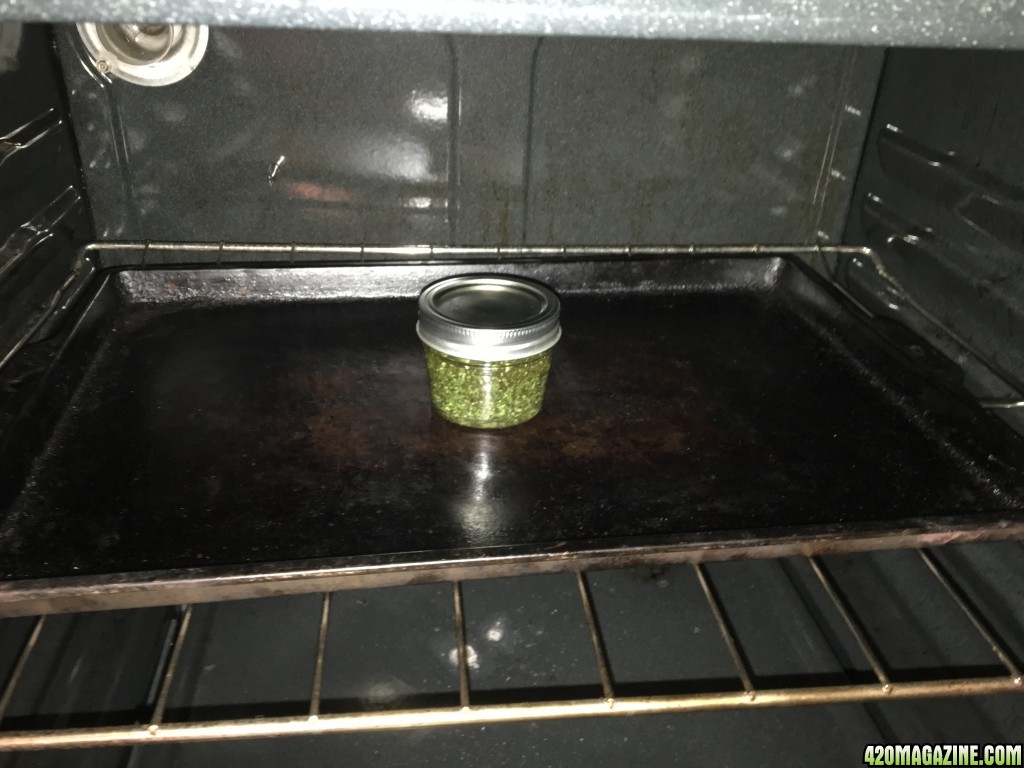Dave Groomer
Well-Known Member
Amazon.ca carries it, too although it does seem pricey at $77 Canadian (CDN) for a 2 pound bag.
That is about 10 less then what I paid for a 50lb box with shipping.


How To Use Progressive Web App aka PWA On 420 Magazine Forum
Note: This feature may not be available in some browsers.
Amazon.ca carries it, too although it does seem pricey at $77 Canadian (CDN) for a 2 pound bag.




Here is a recipe for a cream I was planning to test out.
...
3 Cook on low for 12 – 24 hours. Note: Turn slow cooker off when you are away or sleeping, leaving it unattended can be a fire hazard.
Unless you have troublemaking pets, children or irresponsible adults, a slow cooker is about as likely to start a house fire as your furnace. This warning is just lawyer weasel words. I have no qualms about leaving a covered slow cooker on all day while I do something else. They are designed to be started and left unattended.

 Wouldn't leave a slow cooker anywhere near them
Wouldn't leave a slow cooker anywhere near them Unless you have troublemaking pets
Indeed I do have a few of thoseWouldn't leave a slow cooker anywhere near them


 I am using a cannabis cream based on hemp-seeds right now and it's the best cream I ever used. Fixed my dry cracked skin issues in a short amount of time. My hopes are that I will be able to make something with this quality for my skin. Hoping we can figure it out together in this thread
I am using a cannabis cream based on hemp-seeds right now and it's the best cream I ever used. Fixed my dry cracked skin issues in a short amount of time. My hopes are that I will be able to make something with this quality for my skin. Hoping we can figure it out together in this thread 
Here is a recipe for a cream I was planning to test out. Maybe the people in here who knows more about this could help me modify this recipe into a better one before I do an attempt?
CANNABIS CREAMS: WHAT ARE THEY AND HOW TO MAKE YOUR OWN
Providing excellent local pain relief without psychoactive effects, topical cannabis creams are becoming increasingly popular among medicinal marijuana patients.
What are they?
Topicals, as they are known, are a form of marijuana extract suspended in cream that patients apply directly to where they need it. They come as salves (coconut oil based), and creams (Shea Butter).
Salves are better for treating skin conditions since it is not as easily absorbed into the skin, whereas creams are effective for pain relief since they are absorbed quickly.
How do they work?
Cannabinoids in the cannabis creams, particularly THC and CBD, are absorbed through the skin.
Since the cannabinoid receptors CB-1 and CB-2 are found throughout the body, including the skin, the cannabinoids in the ointment are absorbed where they are needed, making cannabis creams effective local pain reducers and anti-inflammatory.
When smoking or eating cannabis, the cannabinoids enter the bloodstream affecting the whole body——ointments allow patients to treat specifically where it hurts.
Patients suffering from arthritis, skin conditions, back pain, and a myriad of other ailments use cannabis creams to relieve their symptoms. Clinical studies have even found cannabis ointment to be an effective treatment for antibiotic-resistant bugs like MRSA.
The topical application produces none of the psychoactive effects of the cannabis, and has almost immediate results for pain relief, thus making cannabis creams desirable to a wide range of patients.
Although using cannabis ointment won't get you high, you can still fail a urine analysis test.
How to Make Your Cannabis Cream:
Ingredients:
Note: The above measurements can be adjusted to suit your specific needs. You can make larger or smaller batches or different test potency.
- 16oz Coconut Oil or Shea Butter
- 1oz Marijuana Trim and Stems (flower also works, but wouldn't you rather smoke it?)
- 1-2oz Beeswax
- 1 Tablespoon of Vitamin E Oil
Directions:
- Slow Cooker
- Aroma Therapy Oils (optional)
- Healing Oils (optional)
- Cheesecloth
- Large Pot
- Funnel
- Container with lid (for storing finished cream)
- Melt coconut oil in slow cooker on low heat (never heat oils above low setting)
- Coarsely grind plant material and stir into slow cooker with melted oil
- Cook on low for 12 — 24 hours. Note: Turn slow cooker off when you are away or sleeping, leaving it unattended can be a fire hazard.
- When the coconut oil and cannabis mixture is a deep brownish green, your salve is ready
- Strain mixture through cheesecloth into your container, squeezing the plant matter tightly to get everything out
- Over low heat melt beeswax in large pot on the stove top
- Slowly add marijuana mixture
- Spoon a small amount of salve into a cup and allow to cool to test for consistency. Add more beeswax to large pot to thicken it up. Reheat as necessary to melt the beeswax.
- Once the desired consistency is reached, add Vitamin E oil (for preservative and skin health) and any aromatherapy or additional healing oils you wish
- Return to container and allow to cool before usefully

Now this is the kind of recipe I can work with. I'm a person who enjoys cooking and part of the enjoyment for me is reading and following a recipe and this one is just perfect in my opinion (other than the font size, which I found a little small so I hope you don't mind that I made it bigger in my reply).
Actually, this recipe has many problems with it.
First of all, I agree with everything that has been said before my reply. Coconut Oil is a great carrier oil when you are making edibles. It is an abysmal carrier oil when producing topicals. Please read what has happened before in our study hall. It will be very instructive to you.
Shea Butter is also an abysmal Carrier Oil for a recipe like this. Shea Butter, though very thick and viscous thereby helping to thicken the recipe to salve-like proportions, is very, very greasy. If you use Shea Butter as your primary Carrier Oil, you will be producing a thick, but very oily product that will be very uncomfortable to use. Who wants to be slathered in grease? That's what Shea Butter will give you.
Try a carrier oil such as Grape Seed Oil, Pumpkin Seed Oil, Fractionated Coconut Oil (NOTE: I said FRACTIONATED Coconut Oil), or similar oils. If you still want to use Shea Butter in your recipe, and there are many reasons to do so as it helps to heal the skin while leaving it very soft and supple, then keep the Shea Butter down to about 2% - 4% of your total ingredients.
As for Beeswax, if you are using any of these other oils, you will need to increase its amount to between 5% - 8% of your total ingredients.
Nothing wrong with setting these oils up in a crock pot for the day or overnight. They WILL NOT cause a fire. DO NOT heat them on the stove, however.
If you are using leaves or trim, then increase your amount to 1.5 ounces. One ounce for buds/flowers and 1.5 ounces for leaves/trim.
I don't know where you copied this recipe from, but as a topical, it just doesn't work. Again, please go back and read the preceeding pages. They will instruct you immensely.
A couple more things. For your topical to be effective, you MUST use a strain that is high in THC. The higher in THC the better your topical will be. Also, you might want to decarboxylate your cannabis before using it in the recipe. The heat of the slow cooker should be enough to decarboxylate it, but slow cookers are notoriously various in the temperatures they reach. If yours doesn't reach a high enough temperature, then your cannabis won't decarboxylate. If it doesn't decarboxylate then it won't work at all. Might as well be spreading baby food on your aching muscles for all the good it will do!
Hey, and good luck with your endeavours! We all start out from somewhere. And congratulations to you for asking for help!


I would add one thing to this. Having made a lot of oil with trim, I usually use 3g of trim or 1g of bud per oz of oil.
I've caught up to page eight Magnus. I was looking for supergroomer's cream formula. I've a dear friend who asked me to make a cream for her mother, in hopes of relieving the tension of headaches she's been getting since she fell and smacked her head on the fridge.They've checked her out and didn't find any damage to explain the reaccuring head pain, so we're thinking a pain cream might free things up enough to offer some relief.
4 grams of Carnival.......

4 ounces of grape seed oil

Shake every hour until I turn into someone who sleeps, and then every time I think of it from then on.

36 hours at the lowest setting, which in my oven is 170 degrees F.

I'll bake it for the next 36 hours



Actually, this recipe has many problems with it.
First of all, I agree with everything that has been said before my reply. Coconut Oil is a great carrier oil when you are making edibles. It is an abysmal carrier oil when producing topicals. Please read what has happened before in our study hall. It will be very instructive to you.
Shea Butter is also an abysmal Carrier Oil for a recipe like this. Shea Butter, though very thick and viscous thereby helping to thicken the recipe to salve-like proportions, is very, very greasy. If you use Shea Butter as your primary Carrier Oil, you will be producing a thick, but very oily product that will be very uncomfortable to use. Who wants to be slathered in grease? That's what Shea Butter will give you.
Try a carrier oil such as Grape Seed Oil, Pumpkin Seed Oil, Fractionated Coconut Oil (NOTE: I said FRACTIONATED Coconut Oil), or similar oils. If you still want to use Shea Butter in your recipe, and there are many reasons to do so as it helps to heal the skin while leaving it very soft and supple, then keep the Shea Butter down to about 2% - 4% of your total ingredients.
As for Beeswax, if you are using any of these other oils, you will need to increase its amount to between 5% - 8% of your total ingredients.
Nothing wrong with setting these oils up in a crock pot for the day or overnight. They WILL NOT cause a fire. DO NOT heat them on the stove, however.
If you are using leaves or trim, then increase your amount to 1.5 ounces. One ounce for buds/flowers and 1.5 ounces for leaves/trim.
I don't know where you copied this recipe from, but as a topical, it just doesn't work. Again, please go back and read the preceeding pages. They will instruct you immensely.
A couple more things. For your topical to be effective, you MUST use a strain that is high in THC. The higher in THC the better your topical will be. Also, you might want to decarboxylate your cannabis before using it in the recipe. The heat of the slow cooker should be enough to decarboxylate it, but slow cookers are notoriously various in the temperatures they reach. If yours doesn't reach a high enough temperature, then your cannabis won't decarboxylate. If it doesn't decarboxylate then it won't work at all. Might as well be spreading baby food on your aching muscles for all the good it will do!
Hey, and good luck with your endeavours! We all start out from somewhere. And congratulations to you for asking for help!
Continuing on: ...
Thank you all for your hard work at experimenting over here. You made my life easier, and I appreciate it.


How is this doing on consistency at room temp for you Sue?
I had to keep mine in the fridge because it got a bit too liquidy for me.
I use the same silk cloth as you do, even for cannabutter. Works great and you can wash them easily.
Hi ladies, both Cannafan and SweetSue and everyone else of course...
So where does one pick up silkscreen cloth? Fabric land?

Magnus try a store that makes the shirts for sports or business. If they do silkscreen printing they may be able to help.
First Grow For Me - So First Journal Also
